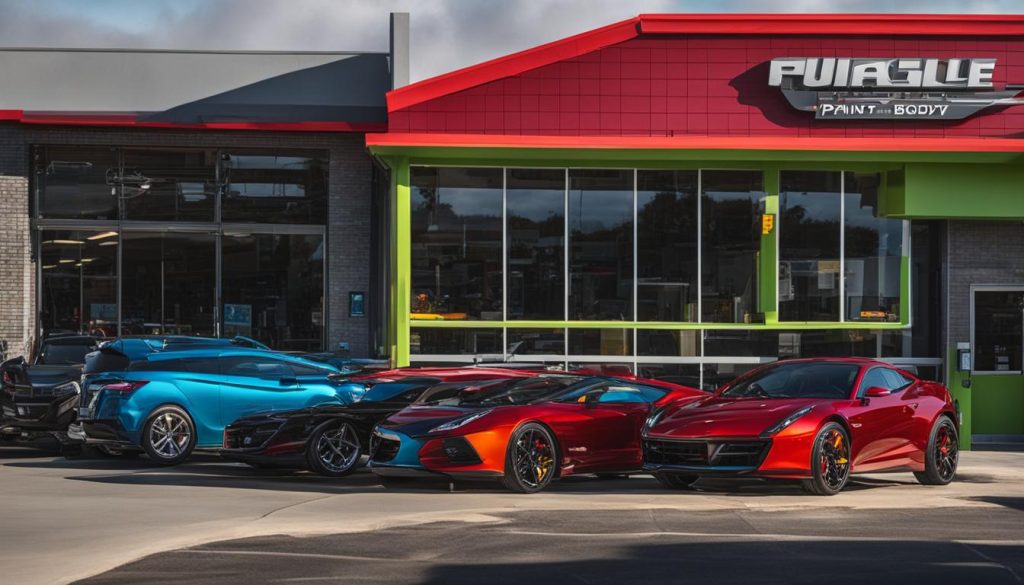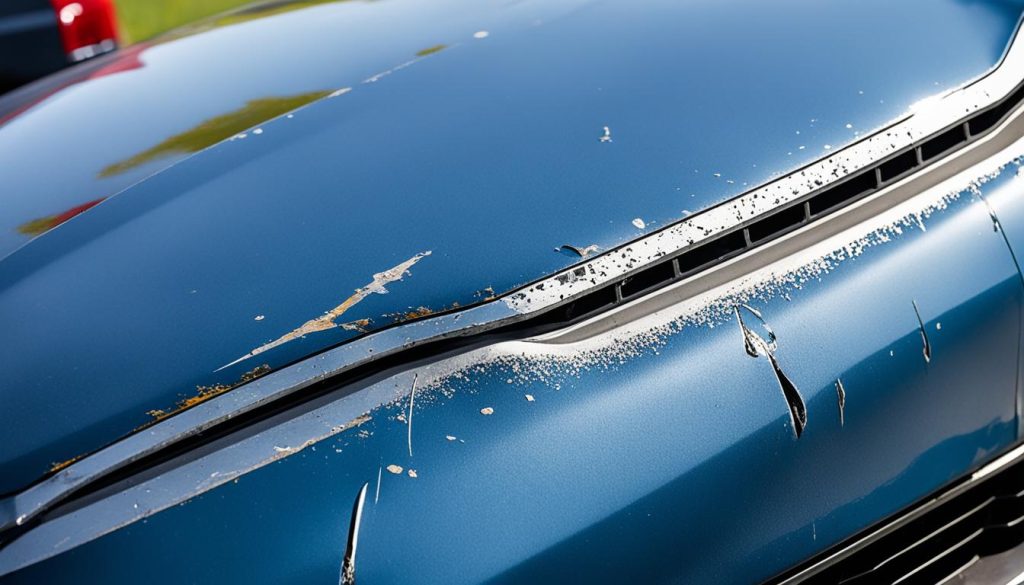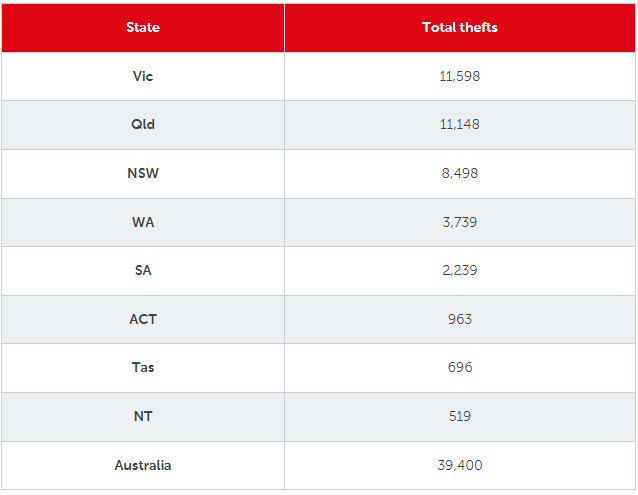The terms “antique,” “classic,” and “vintage” are often used interchangeably to describe different types of… well, old things. But when it comes to distinguishing between old cars, their precise definitions are often the subject of heated debates that can vary wildly depending on the context, individual perspectives, and even organizational motivations. Anyone who’s ever been told their car is ‘too new’ to participate in a classic car event can confirm the last point.
While we can agree these terms all apply to old cars, there is even debate about what constitutes “old.” To a lot of young enthusiasts, anything from the 20th century is old. Conversely, a lot of old-school hobbyists might flatly reject the very idea of a “classic” from the ‘90s (unless you’re talking 1890s). We may never end the debate, but we’ll add to the conversation with our own thoughts based on our considerable experience with classic vehicles and their owners.
Antique Automobiles
To us, antiques represent the oldest of the breed. Typically, an automobile is considered antique if it is at least 100 years old. These vehicles often date back to the early days of automotive history and represent the pioneering era of automobile manufacturing. Given the automobile’s roughly 130-year history, these would have to be in the range of at least 75 years old.

Coincidentally, that aligns (more or less) with vehicles designed before World War II. This is significant, as the war effort vastly changed not only manufacturing processes and abilities that trickled down to the post-war auto industry, but the American economic boom in the years that followed led to bold designs and innovative new features. Simply put, vehicles designed and built after World War II were vastly different than those before (except for British carmaker Morgan).
For what it’s worth, the Antique Automobile Club of America (AACA) accepts any vehicle older than 25 years old as an antique. The Classic Car Club of America (CCCA), on the other hand, is far more restrictive in its definition, accepting only certain vehicle manufacturers and models (sorry, no Fords or Chevys) and only those made between 1915 and 1948. Arguably, their description sounds more like the Oxford definition of an antique as “a collectible object…that has high value because of its considerable age.” Accordingly, true antiques would rarely be used on public roads except for exhibition drives and would most likely only be seen outside of private settings on show fields or in museums.
Classic Automobiles
Despite the CCCA’s focus on much older cars, we’d argue that classic cars are much younger than antiques. Consider the fact that many states will issue special “classic vehicle” registrations starting anywhere between 15 and 30 years old. As a round number, we feel a classic should probably be at least 20 years old but younger than an antique. This age range represents the largest percentage of the collector car hobby and includes vehicles that might not be otherwise notable in the traditional sense, except that they’ve survived and are still in use.

The “in use” qualifier is an important element of classic vehicle designation in our estimation. While they may be old, classic cars are popular because they are still largely driven and enjoyed. True classics aren’t reserved for museums, but rather can be seen at everything from weekend cruise-ins to historical road rallies.
Youngtimer Automobiles
This is probably a new term to a lot of American enthusiasts, but one that’s been circulating in Europe for years. A “youngtimer” is an enthusiast vehicle that has generally reached its value low-point, but hasn’t yet become a classic. Think 10 to 25 years old typically, well out of warranty and completely depreciated. These vehicles represent the feeder stock for the next wave of classic cars.
Because of their relative affordability, youngtimers allow younger enthusiasts to enter the hobby. It’s easy to dismiss them as old beaters or money pits, but respecting these cars (and their owners) is critical to ensuring the survival of the hobby for future generations. Think of youngtimers as classics in waiting.

Vintage Automobiles
The term “vintage” is sometimes used interchangeably with “classic” and “antique” but ideally refers to a specific time period. It’s the most general term for any old car and should really be used with greater context than as a broad descriptor of age. Think of “vintage” as an alternative for the word “era” and you’ll be doing us all a service. This can range from a discussion of vintage Art Deco designs from the likes of Delahaye or Delage on the high end to analyzing the badge-engineering strategies of vintage American sedans of the “malaise years” on the low end. In short, “vintage” means nothing on its own; context is everything.
#Antique #Classic #Vintage #Whats #Garage











